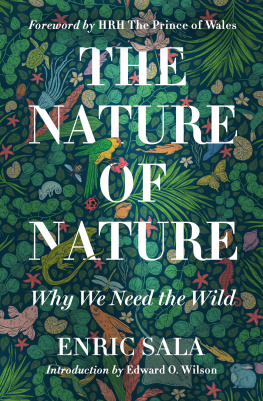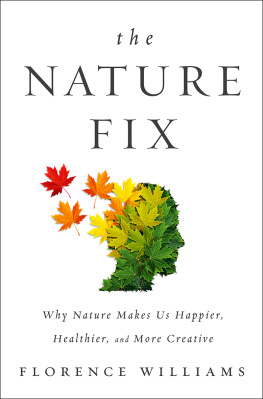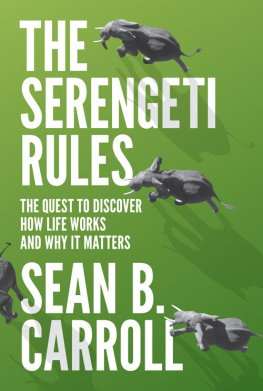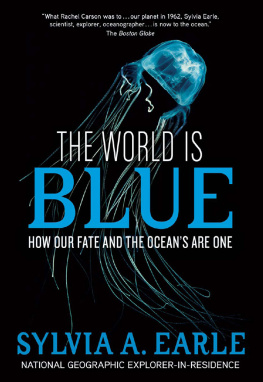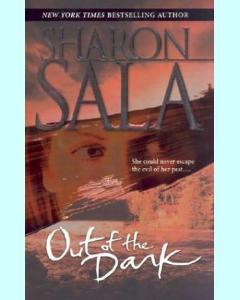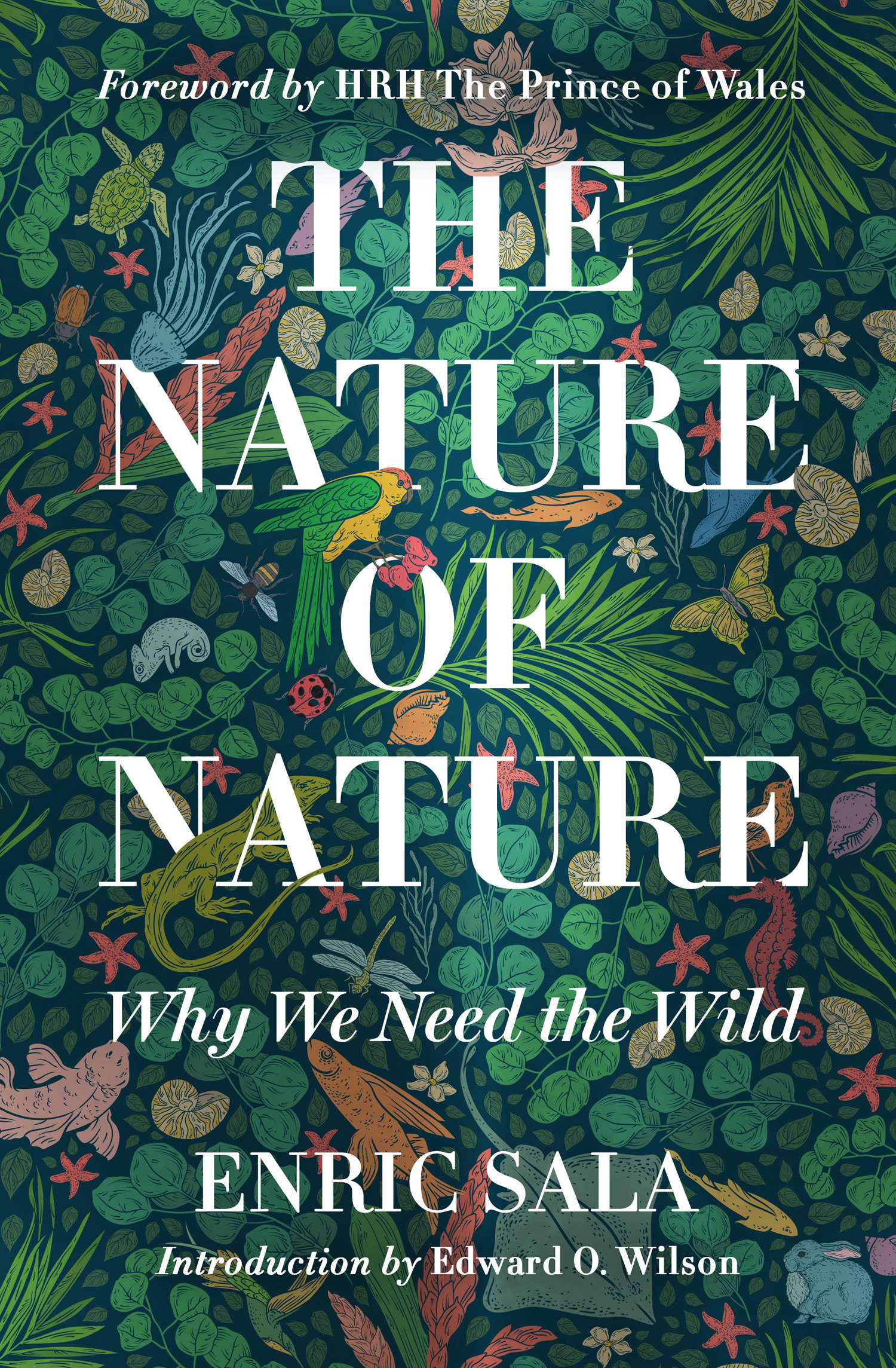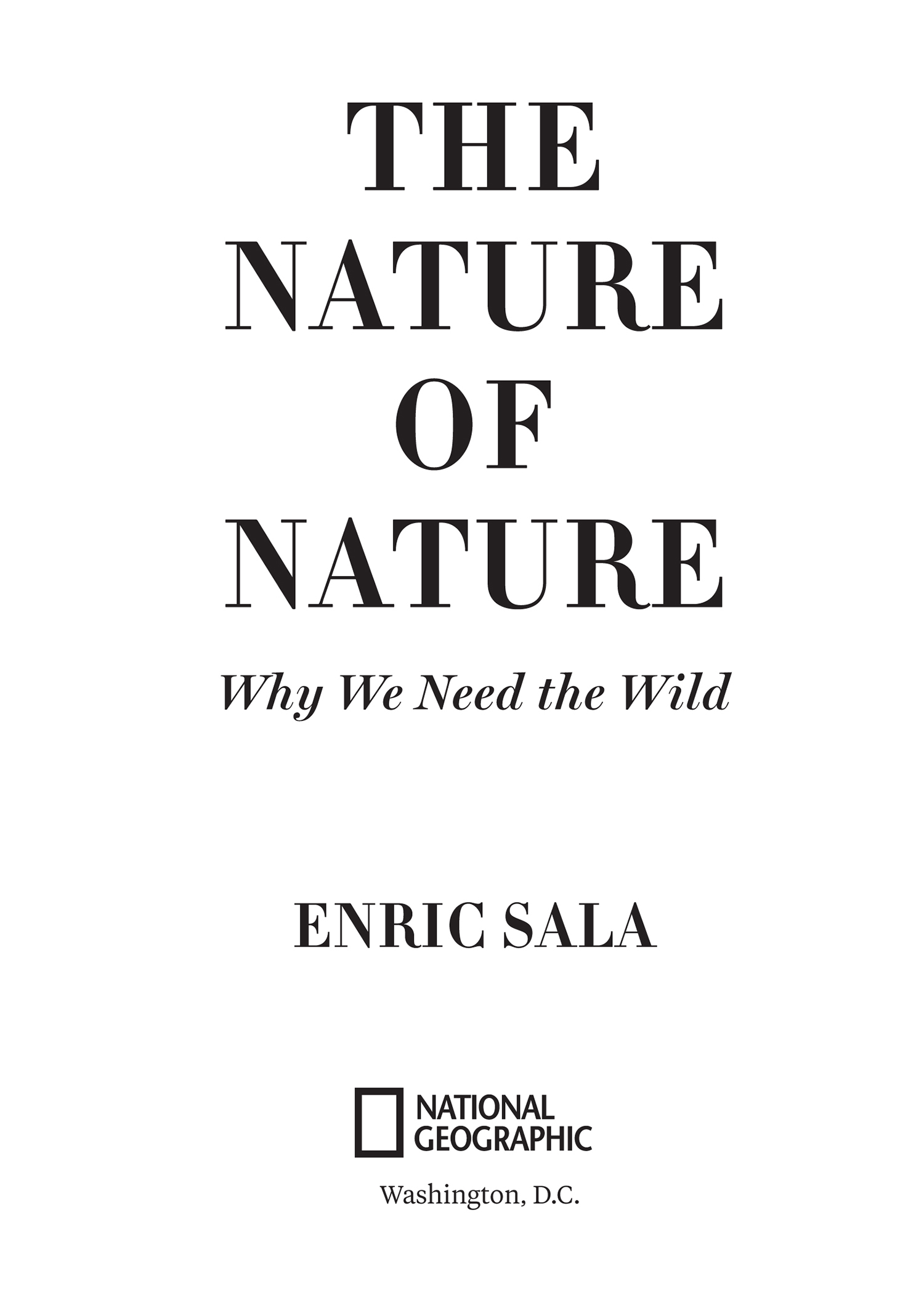Contents
Published by National Geographic Partners, LLC
1145 17th Street NW Washington, DC 20036
Copyright 2020 Enric Sala. Foreword copyright 2020 A. G. Carrick Ltd. Introduction copyright 2020 Edward O. Wilson. All rights reserved. Reproduction of the whole or any part of the contents without written permission from the publisher is prohibited.
NATIONAL GEOGRAPHIC and Yellow Border Design are trademarks of the National Geographic Society, used under license.
COVER AND CHAPTER OPENER ILLUSTRATIONS: Spring Stories, Life in the Tropics, Tropical Desire, and Inhabitants of the Sea patterns Piata/www.youworkforthem.com.
PHOTO INSERT: 1, Jim Richardson/National Geographic Image Collection (NGIC); 2 (UP), Enric Sala; 2 (LO), Michael Nichols/NGIC; 3 (UP), Aleksander Bolbot/Shutterstock; 3 (LO), Fraser Hall/robertharding/NGIC; 4, Thomas P. Peschak/NGIC; 5 (BOTH), Octavio Aburto; 6-7, Science Source; 8 (UP), Mattias Klum/NGIC; 8 (LO), Konrad Wothe/Minden Pictures; 9 (UP), Norbert Rosing/NGIC; 9 (LO), Cagan H. Sekercioglu/NGIC; 10 (UP), NASA Goddard Space Flight Center Image by Reto Stkli (land surface, shallow water, clouds). Enhancements by Robert Simmon (ocean color, compositing, 3D globes, animation). Data and technical support: MODIS Land Group; MODIS Science Data Support Team; MODIS Atmosphere Group; MODIS Ocean Group Additional data: USGS EROS Data Center (topography); USGS Terrestrial Remote Sensing Flagstaff Field Center (Antarctica); Defense Meteorological Satellite Program (city lights); 10 (LO), Brian Skerry/NGIC; 11 (UP), Xose Manuel Casal Luis/Alamy Stock Photo; 11 (LO), Cyril Ruoso/Minden Pictures; 12-13, Art: Beau Daniels. Sources: Suzanne Simard and Camille Defrenne, University of British Columbia; Kevin Beiler, Eberswalde University for Sustainable Development; 14 (UP), C.R. Burrell; 14 (LO), Tom Murphy/NGIC; 15, Colin Monteath/age fotostock; 16, Enric Sala.
ISBN9781426221019
Ebook ISBN9781426221026
Financially supported by the National Geographic Society.
Since 1888, the National Geographic Society has funded more than 13,000 research, exploration, and preservation projects around the world. National Geographic Partners distributes a portion of the funds it receives from your purchase to National Geographic Society to support programs including the conservation of animals and their habitats.
Get closer to National Geographic explorers and photographers, and connect with our global community. Join us today at nationalgeographic.com/join
For rights or permissions inquiries, please contact National Geographic Books Subsidiary Rights:
Interior design: Melissa Farris and Nicole Miller
20/PCML/1
a_prh_5.6.0_c0_r1
CONTENTS
To all those who dedicate their lives to preserve the diversity and abundance of life on Earth
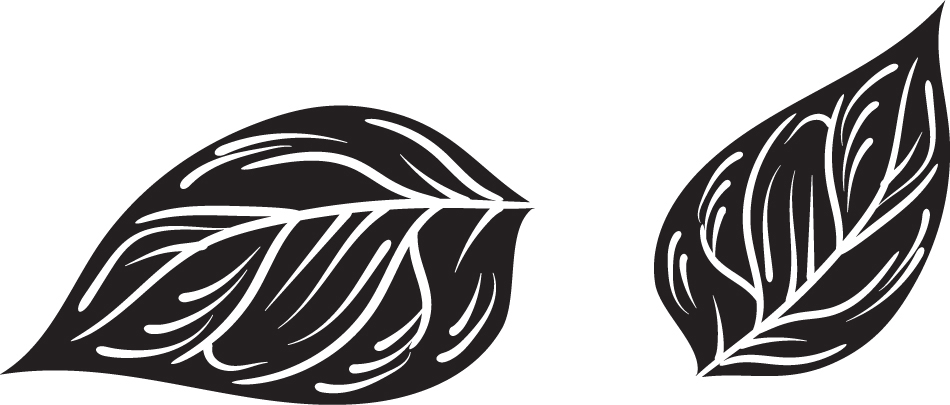
During the last forty years, I have had an opportunity to visit some of the most stunning places on Earth and seen the devastation caused by our over-exploitation of the natural world. We are in the midst of an existential crisis, not only affecting the survival of our very society, but also about our place in the world. Global warming, climate change and the destruction of biodiversity worldwide, caused by human activities, are the most dangerous threats that humanity has ever faced. At the same time, as we have replaced the wild with the domesticated, we have distanced ourselves from Nature. Long ago, we unilaterally decided to place ourselves above Nature, instead of acknowledging that we exist within Nature.
There is indeed a deep mutual interdependence within our natural world which is active at all levels, sustaining individual species so that the great diversity of life can flourish within the natural limits of the whole. We do not truly know how many species there are we can only guess and we still know less about what species do. But what we know is the greatest wonder we ever encountered. Plants and bacteria give us the oxygen we breathe, insects pollinate our crops and forests filter the water we drink, among many other critical services. Millions of species work together to produce a harmony that we cannot explain, but which works to sustain our world and to keep ourselves alive and prosperous.
In the modern era, the sense of awe and wonder in the face of the works of Nature has been abandoned in favour of monetary value. Therefore, being able to show the economic value of Nature, of healthy ecosystems, is paramount. Economists have shown that the value provided in services by the natural world for free is larger than the global gross domestic product. Yet, at this moment, we have a hugely important opportunity to reimagine the world through the lens of a new global market and a new way to measure prosperity, with clear benefits to people and planet at the heart of value creation. This is why, in September 2019, in collaboration with the World Economic Forum, I created the Sustainable Markets Council with the goal of fostering the development of a new type of market: green, inclusive, equitable and profitable. I would like to emphasize that profitability in our new world ought to mean obtaining net benefits while restoring the natural world that is the foundation of our wealth.
But valuing the natural world through an economic lens is not enough. I also believe that we need to abandon our purely mechanistic and utilitarian approach to life and adopt a humbler attitude in other words, to restore a sense of the sacred. Human prosperity and empathy and respect for all living creatures are not mutually exclusive; they can go hand in hand. In fact, that may be the key to our survival.
The good news is that we know what the solutions to the environmental crisis are. If we were to choose three main solutions, we need to phase out fossil fuels, change the way we produce food and protect more of Nature. For example, on the Duchy of Cornwalls Home Farm in Gloucestershire, I have been able to shift from chemically-dependent farming to organic, agro-ecological production methods, where fertility is sustained by plants, animals and careful management that includes rotation of the land. Instead of an exploitative relationship with Nature, the farm works in partnership with Nature. Scaling such efforts globally could restore the fertility of the soil, produce healthier food, and in turn absorb huge amounts of our carbon pollution.
I am delighted to be able to contribute this foreword for Dr. Enric Salas The Nature of Nature because his book touches on all these points. Enrics book tells stories of discovery of key ecological principles that go beyond facts and data. There is fascination and love in the discovery of how Nature works. A deep appreciation of natural history is a kind of poetry, which should instil a sense of wonder. And that leads to love of the world of which we are an intrinsic part, with a profound respect for the existence of other creatures. The only way forward is to reconnect with Nature and restore vital eco-systems so that our life support system and the engine of the human economy can continue supporting us and the rest of life on the planet.

